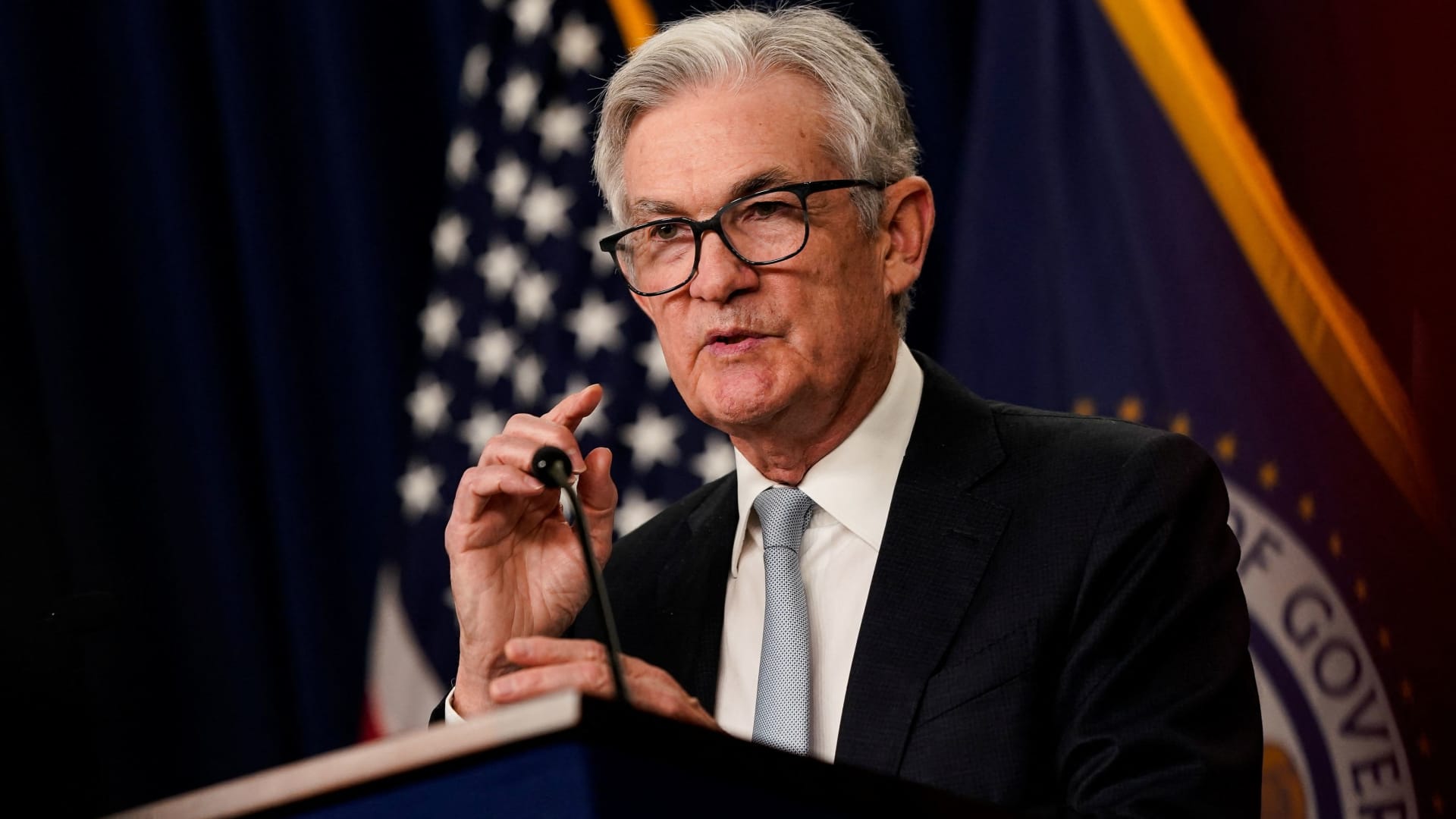It's an odd sort of scheduling. When it's busy, those guys are very busy. They ride any time of day or night on a couple hours notice, they might get dropped off in another state and put up at a hotel for a couple days and driven back, or there might be another train to take back in a day or so. This might keep up for weeks. Then, when their seniority has kicked in again, they might put themselves at the bottom of the call in list, and they'll be at home for a couple weeks without ever leaving. It's not hourly, they'll get paid to be on call for long gaps they don't leave. But if they miss their call, they'll stop getting paid for being home until they get back to the top of the call-in list and work again, which is sort of what's at issue. I think. Approximately. The union rules are byzantine with who has to come in, who can stay home. It's really old school and it pays a working man a living he can (probably) own his home on. Probably has to live nearish a regional rail hub though, so that they can make their report-in window. It's not an easy thing to get into, you almost have to know somebody.









